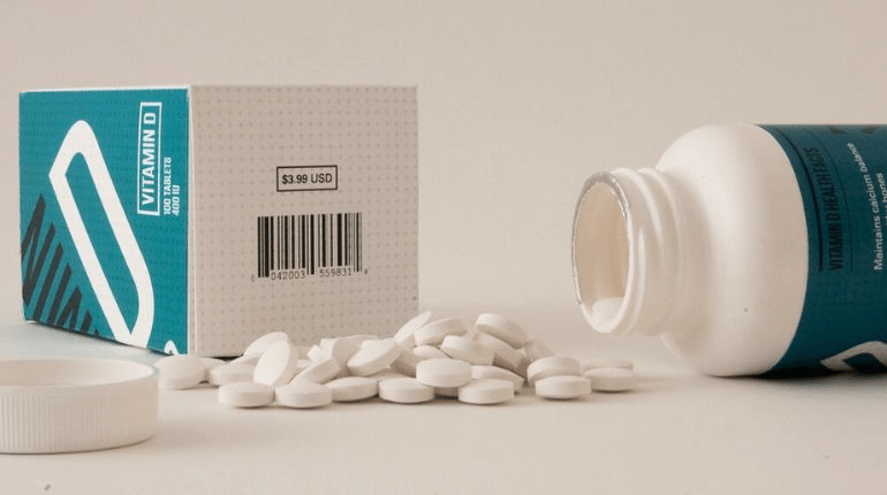Dietary supplement packaging: requirements and innovations
Dietary supplement packaging: requirements and innovations

The dietary supplements sector has been experiencing a positive trend in purchases and consumption worldwide for several years. In recent years, the demand for products dedicated to overall health and supporting a healthier lifestyle has increased as more and more people consider the importance of their wellbeing in their daily lives. This has had a positive impact on packaging and the search for more functional and sustainable solutions for product preservation. The regulations in this sector have some similarities with those in the pharmaceutical sector, but there is still scope for research and testing of new materials and formats in comparison to pharmaceutical packaging.
Regulations for Dietary Supplement Packaging
In the European Union, supplements are part of the food category, so vitamins, minerals and other ingredients they contain are subject to the same regulations. The most important regulatory framework is Regulation (EU) No. 1169/2011 on the information to be provided to consumers on food products, which emphasises the need for maximum transparency of the instructions for use and the effects of the product on the packaging.
Labelling of dietary supplements is another important packaging regulation. Directive 2002/46/EC of the European Parliament and of the Council requires manufacturers to include several information on the label, including:
- The recommended daily dose of the product;
- A warning not to exceed the recommended dose;
- A statement that dietary supplements should not be considered as a substitute for a varied diet;
- A statement that the products must be kept out of the reach of children.
Based on these regulations, and always in compliance, Eurpack is authorised for secondary packaging of dietary supplements under Article 6 of Regulation (EC) 852/04. These supplements include capsules, tablets, powders, vials, syrups, granules and sachets. The regulation defines the packaging processes and materials used during production, as well as the hygienic maintenance of machinery and equipment: essential measures to prevent contamination and ensure maximum safety.
Dietary Supplement Packaging: features and innovations
Dietary supplement packaging shares all the functions of primary and secondary pharmaceutical packaging: it protects against bacterial attack, the negative effects of light, air and moisture, and provides information about the product.
The main difference is that dietary supplement packaging is subject to less stringent regulations, especially regarding design and graphic elements.
It’ worth saying is important that these products can be purchased without a doctor’s prescription, although it is strongly recommended that they only be used under professional advice. As a result, their visibility on pharmacy shelves and to consumers is certainly greater.
We should also consider the value of the global dietary supplements market: according to the latest statistics, more and more people around the world are buying nutraceutical products as allies for their well-being. The sector has also gained trust through its many innovations in formulations and technologies used to increase supplement effectiveness. Doctors and pharmacists recommend them every day in clinical practice, bringing them closer to patients
For all these reasons, supplement packaging is often designed with a focus on looks. It features colours and claims that are meant to evoke certain emotions or needs in consumers.
Promotion and communication play a key role not only in providing consumers with the correct information about the use of dietary supplements, but also in generating interest, recognisability and differentiation.
Dietary supplements can take many forms: in addition to powders, liquids and tablets, there are chewing gums and even snack bars. This wide variety of products increases the opportunities to create innovative packaging that meets consumers’ new needs. Today, they are looking for single-dose formats or packaging that can be kept on the go or away from home.
Eco-friendly packaging at the heart of the nutraceutical sector
Dietary supplement packaging is subject to constant innovation, not only in terms of design, but also in terms of sustainability. Consumers’ demands for greener purchases and international institutions’ calls for companies to consider the environmental impact of their activities have led to the introduction of environmentally friendly, recyclable and compostable materials.
From recycled paper and board or plant fibre-based materials to amber glass for product preservation (easier to recycle at the end-of-life stage), packaging materials are often reusable and tend to be better integrated into the circular economy. In this way, companies can meet the need to create as little waste as possible, with significant reputational benefits.
Significant progress has also been made with plastics. Recycled PET (rPET) and HDPE plastics, for example, can be returned to the waste cycle many times and used to make new products, encouraging more responsible recycling and disposal.
In some cases, packaging made from bioplastics is used, specifically plastic made from sugar cane, technically known as PLA (polylactic acid). This material is produced by fermenting glucose from sugar cane, reducing carbon emissions compared to typical plastic manufacturing processes.